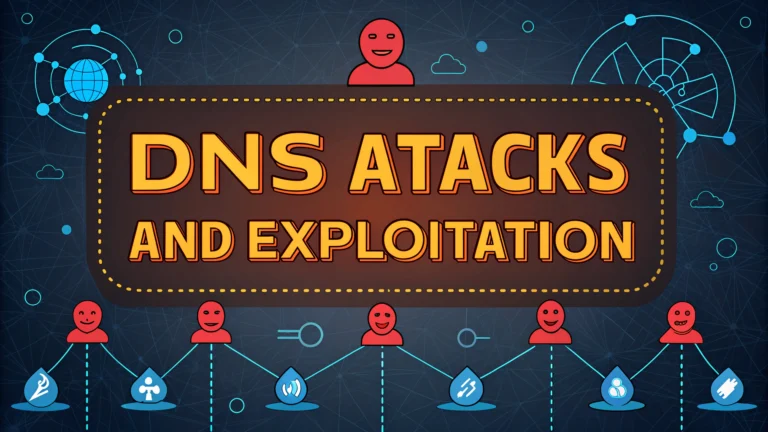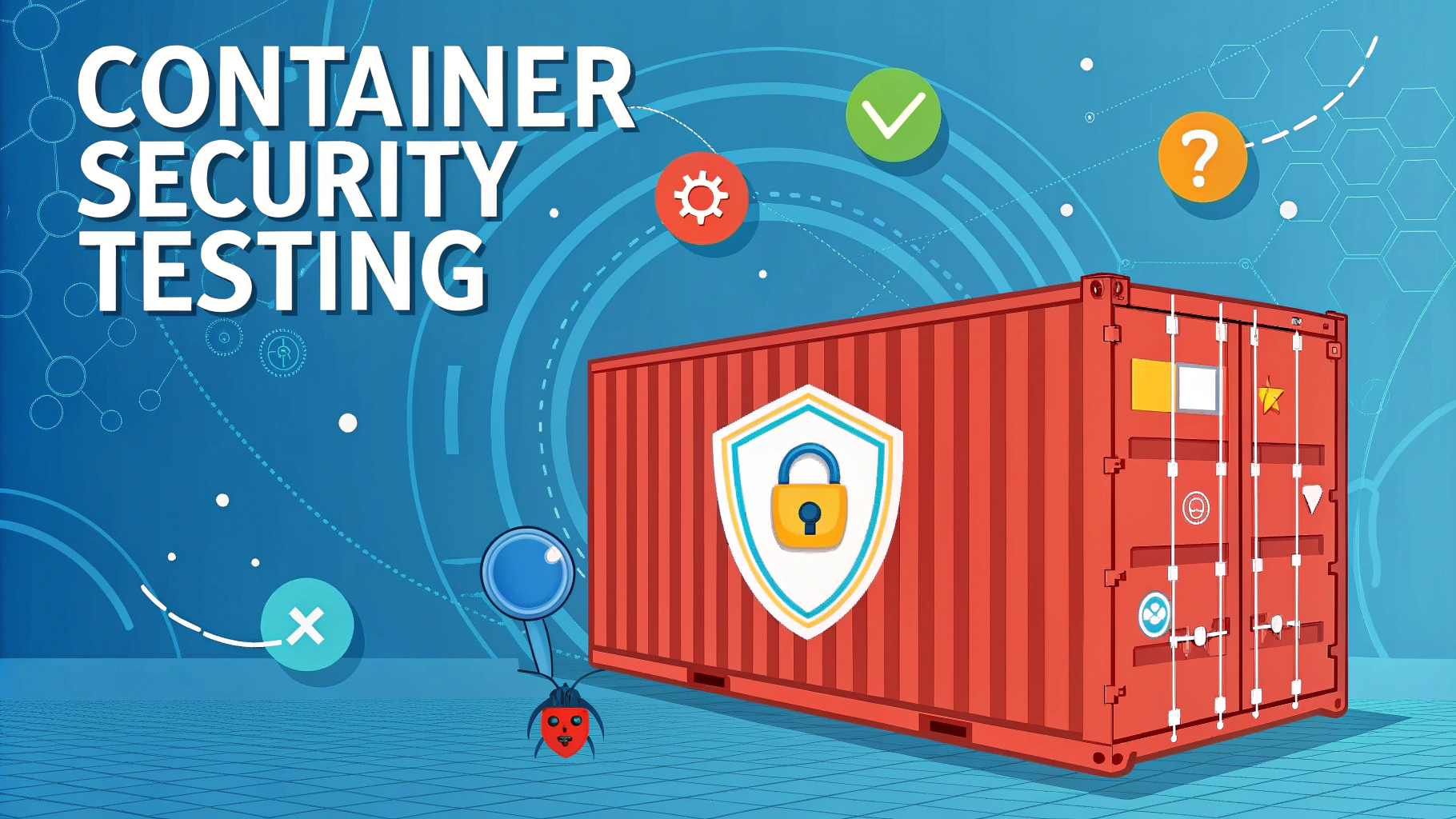DNS attacks and exploitation remain major security concerns that every penetration tester needs to understand.
Common DNS Attack Types
- DNS Cache Poisoning: Corrupts DNS resolver’s cache to redirect traffic
- DNS Tunneling: Encodes malicious data in DNS queries
- DNS Amplification: Uses DNS servers to overwhelm targets with traffic
- Zone Transfer Attacks: Extracts DNS records through unauthorized transfers
DNS Reconnaissance Tools
- dig: Command line DNS lookup utility
- nslookup: Query DNS records interactively
- DNSrecon: Advanced DNS enumeration script
- fierce: DNS reconnaissance tool for locating non-contiguous IP space
DNS Attack Prevention
Implement DNSSEC to authenticate DNS responses and prevent poisoning attacks.
Monitor DNS traffic patterns to detect tunneling and amplification attempts.
Restrict zone transfers to authorized servers only.
DNS Security Testing Steps
- Enumerate DNS records using multiple tools
dig axfr domain.com @ns1.domain.com
- Test for zone transfer vulnerabilities
fierce -dns domain.com
- Check DNSSEC implementation
dig +dnssec domain.com
Recommended DNS Security Tools
| Tool | Purpose | Link |
|---|---|---|
| DNScat2 | DNS Tunneling Detection | GitHub |
| Sparta | Network Infrastructure Testing | Website |
Quick Tips
- Always verify DNS configurations during security assessments
- Test both internal and external DNS servers
- Document all discovered DNS misconfigurations
- Check for outdated DNS software versions
Report DNS security issues to: US-CERT at https://www.us-cert.gov/
Contact DNS-OARC for DNS operator security resources: https://www.dns-oarc.net/
Mitigation Strategies
- Regular Auditing: Schedule periodic DNS security assessments
- Access Controls: Implement strict DNS server access policies
- Monitoring: Deploy DNS traffic analysis tools
- Updates: Keep DNS software and configurations current
Advanced DNS Security Features
- Response Rate Limiting (RRL): Prevents DNS amplification attacks
- DNS over HTTPS (DoH): Encrypts DNS queries
- DNS over TLS (DoT): Provides transport security for DNS
- DANE: Binds X.509 certificates to DNS names
Conclusion
DNS security requires a multi-layered approach combining:
- Regular security testing and monitoring
- Implementation of security protocols like DNSSEC
- Up-to-date DNS infrastructure
- Incident response readiness
Organizations must maintain vigilance against emerging DNS threats while implementing comprehensive security controls to protect their DNS infrastructure.
Additional Resources
- IETF DNS Security Documents
- DNS Security Best Practices Guide
- DNS Operator Security Checklist
- DNS Attack Response Procedures
FAQs
- What are the most common types of DNS attacks?
DNS cache poisoning, DNS tunneling, DNS hijacking, DNS amplification attacks, DNS spoofing, and DNS flood attacks. - How does DNS cache poisoning work?
DNS cache poisoning occurs when an attacker injects malicious DNS records into a DNS resolver’s cache, causing it to return incorrect IP addresses and redirecting users to malicious websites. - What tools are commonly used for DNS enumeration during penetration testing?
DNSRecon, dig, nslookup, fierce, and dnsenum are primary tools used for DNS enumeration and information gathering. - What is DNS zone transfer and why is it a security concern?
DNS zone transfer is a process where a DNS server shares its records with another server. If misconfigured, it can allow attackers to obtain complete DNS records of a domain, revealing internal network structure. - How can organizations protect against DNS amplification attacks?
Implement response rate limiting, use DNSSEC, configure proper ACLs, monitor DNS traffic patterns, and employ anti-spoofing filters. - What is DNS tunneling and how is it detected?
DNS tunneling encapsulates other protocols in DNS queries and responses to bypass security controls. It can be detected through monitoring unusually large DNS packets, high volumes of DNS queries, and analyzing DNS query patterns. - How does DNSSEC help prevent DNS attacks?
DNSSEC adds cryptographic signatures to DNS records, ensuring authenticity and integrity of DNS responses, preventing cache poisoning and man-in-the-middle attacks. - What is DNS hijacking and what are its indicators?
DNS hijacking redirects DNS queries to malicious servers. Indicators include unexpected DNS server changes, unusual DNS response patterns, and redirections to suspicious websites. - How can penetration testers identify vulnerable DNS configurations?
By checking for zone transfer vulnerabilities, misconfigured recursion settings, outdated DNS software versions, and weak access controls. - What role does DNS filtering play in security?
DNS filtering blocks access to known malicious domains, prevents communication with command-and-control servers, and helps protect against phishing and malware attacks.








